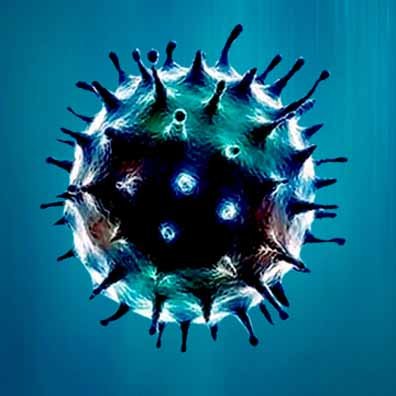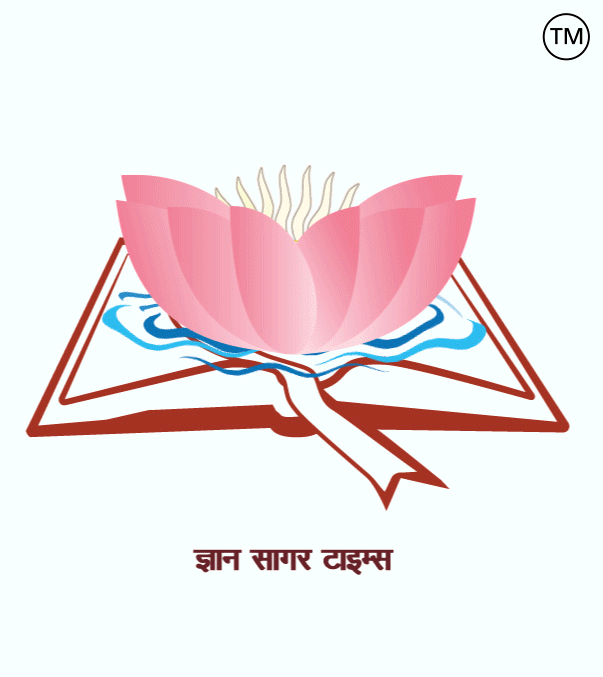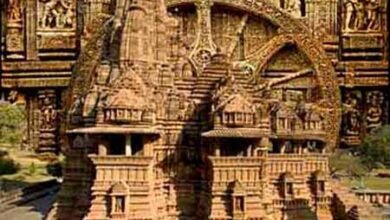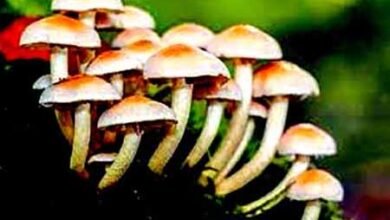
Related To Zoology-169.
|
1. Viruses are? = Granular and non-cellular. 2. Viruses are they made of? = Nucleoprotein. 3. The covering of virus particle is called? = Capsaid. 4. Name the virus in which single stranded DNA is found.? = Gemini virus and Φ x174 Bacteriophage. 5. Name the virus in which double-stranded RNA is found.? = Wound tumour virus, Reovirus, and Rotavirus. 6. Is viral disease? = Polio. 7. Viruses contain genetic material? = DNA or RNA. 8. The protein coat of the virus is called? = Capsaid. 9. Which is the smallest pathogen? = Virus. 10. Who was the first to obtain a virus in crystalline from? = Stanley. 11. Viruses are essentially produced? = Proteins and nucleic acids. 12. Which part of the virus gives him the properties of heredity? = RNA or DNA. 13. Who was the discoverer of the virus? = Ivanowski. 14. Who discovered the Bacteriophage? = Felix d’ Herelle. 15. By whom is the transmission of viruses? = Transmission of viruses means that they are transmitted from a diseased plant or animal to a healthy host. The transmission of viruses is done by the following methods, direct or indirect contact, airborne, and Vector-borne. 16. What causes common cold? = Rhinovirus. 17. What is a cryptogram? = The first part of the virus’s nomenclature is the nickname. The second part contains indicative information about the virus. This second part is called the Cryptogram. 18. Write the full name of (T.M.V.)? = Tobacco Mosaic Virus. 19. What is the Lytic cycle? = In this type of cycle, virulent, lytic) bacteriophage infects and destroys bacterial cells. These host cells replicate the DNA of the virus and new bacteriophages are formed. Those that come out after the bursting of the host cell. 20. What is Bacteriophage? = Viruses that are parasites in a bacterial cell are called bacteriophage (bacteriophage means organisms that eat bacteria). 21. Who discovered the Tobacco Mosaic Virus (TMV)? = D. Ivanowski. 22. Who and when first described the cell cycle? = Howard and Pelc first described the cell cycle in 1953. 23. In which phase can the process of synapseis be observed during cell division? = Zygotene. 24. Write one of the main features of amitotic cell division? = Not equal distribution of genetic material in daughter cells. 25. What is anaphase? = In this state both chromatids separate and move in opposite directions due to repulsion force. The arms are towards the poles. The chromosome takes the shape of V, L, J or i . The chromosome points remain towards the midline. Thus similar chromatids made from one chromosome reach two opposite poles. 26. What is Telophase? = In this state, the matrix of chromosomes at both poles ends and then becomes a network of chromatin. The nuclear membrane and nucleolus are formed again and finally, two daughter nuclei are seen in a cell.
Dr. (Prof.) Amarendra Kumar. ========== ========= =========== जंतु विज्ञान से संबंधित-169. 1. वाइरस होते हैं?= कणिकामय या अकोशिक. 2. जीवाणुभोजी बने होते हैं?= न्यूक्लिओ प्रोटीन के. 3. वाइरस कण के आवरण को कहते हैं?= केप्सिड. 4. उस विषाणु का नाम लिखिये जिसमें एकल रज्जुकी DNA पाया जाता है?= जेमिनी वायरस तथा Φ x174 बैक्टीरियोफाज. 5. उस विषाणु का नाम लिखिये जिसमें द्विरज्जुकी RNA पाया जाता है? = वूंड टयूमर वायरस, रियो वायरस, रोटा वायरस. 6. वाइरस जनित रोग है? = पोलियो. 7. वायरसों में आनुवंशिक पदार्थ होता है? = डी एन ए अथवा आर एन ए. 8. वायरस के प्रोटीन चोल को कहते हैं?= केप्सिड. 9. सबसे छोटा रोगकारक कौन-सा है?= वायरस. 10. सर्वप्रथम वाइरस का क्रिस्टलिया रूप किसने प्राप्त किया था?= स्टैन्ले (Stanley). 11. वायरस आवश्यक रूप से निर्मित होते हैं?= प्रोटीन व न्यूक्लिक अम्ल. 12. वायरस का कौन भाग उसे आनुवंशिकता का गुण प्रदान करता है? = आर एन ए अथवा डी एन ए. 13. विषाणु के खोजकर्ता कौन थे?= इवेनोव्सकी. 14. विषाणुभोजी के खोजकर्ता कौन थे?= फेलिक्स डी हेरेले. 15. विषाणुओं को संचरण किसके द्वारा होता है ?= विषाणुओं के संचरण से तात्पर्य है कि रोगी पादप या जन्तु से स्वस्थ परपोषी तक इनका जाना अर्थात् संक्रमण करना। विषाणुओं का संचरण निम्नलिखित विधियों द्वारा होता है, प्रत्यक्ष या अप्रत्यक्ष संपर्क द्वारा, वायु वेक्टर द्वारा. 16. सामान्य जुकाम किसके कारण से होता है? = राइनो वाइरस. 17. बीजलेख या क्रिप्टोग्राम (Cryptogram) किसे कहते है ?= विषाणु के नामकरण में प्रथम भाग प्रचलित नाम होता है. तथा दूसरे भाग में विषाणु के विषय में सांकेतिक सूचना होती है. इसी दूसरे भाग को ही बीजलेख कहते हैं. 18. टी.एम.वी. (T.M.V.) का पूरा नाम लिखिये? = टोबेको मोजैक वाइरस. 19. लयनकारी चक्र (Lytic cycle) क्या है? = इस प्रकार के चक्र में उग्र (virulent), लयनकारी lytic) जीवाणुभोजी जीवाणु कोशिकाओं को संक्रमित कर नष्ट कर देते हैं. इन मृत परपोषी कोशिकाओं में विभोजी (विषाणु) के DNA का प्रतिकृतन होता है तथा नये विभोजीकण बनते हैं. जो परपोषी कोशिका के फटने के बाद बाहर आ जाते हैं. 20. जीवाणुभोजी(Bacteriophage)क्या है? = वैसे विषाणु जो जीवाणु कोशिका में परजीवी (parasite) होते हैं, उन्हें जीवाणुभोजी या बैक्टीरियोफाज (बैक्टीरियोफाज का शाब्दिक अर्थ जीवाणुओं को खाने वाले जीव) कहते हैं. 21. टोबेको मोजैक वाइरस के खोजकर्ता कौन थे? = डी. इवानोस्की. 22. कोशिका चक्र का सर्वप्रथम वर्णन किसने व कब किया?= कोशिका चक्र का सर्वप्रथम वर्णन होवर्ड एवं पेल्क (Howard and Pelc) ने 1953 में किया. 23. कोशिका विभाजन के समय सूत्रयुग्मन या सिनेप्सिस की प्रक्रिया किस प्रावस्था में देखी जा सकती है? = जाइगोटिन. 24. असूत्री कोशिका विभाजन का एक प्रमुख लक्षण लिखिए? = पुत्री कोशिकाओं में आनुवंशिक पदार्थ बराबर मात्रा में नहीं बँटना. 25. पश्चावस्था (Anaphase) क्या है? = इस अवस्था में दोनों क्रोमेटिड अलग होकर प्रतिकर्षण बल के कारण विपरीत दिशा में चलते हैं. भुजाएँ ध्रुवों की ओर होती हैं. गुणसूत्र V, j, L अथवा I का आकार ले लेता है. गुणसूत्र बिन्दु मध्य रेखा की ओर रहते हैं. इस प्रकार एक क्रोमोसोम से बने समान क्रोमेटिड दो विपरीत ध्रुवों पर पहुँच जाते हैं. 26. अन्त्यावस्था (Telophase) क्या है? = इस अवस्था में दोनों ध्रुवों पर गुणसूत्र का मैट्रिक्स समाप्त होकर फिर क्रोमेटिन का जाल बन जाता है. केन्द्रक कला तथा केन्द्रिका फिर से बन जाते हैं और अन्त में एक कोशिका में दो पुत्री केन्द्रक दिखाई देते हैं.
Dr. (Prof.) Amarendra Kumar.
|






